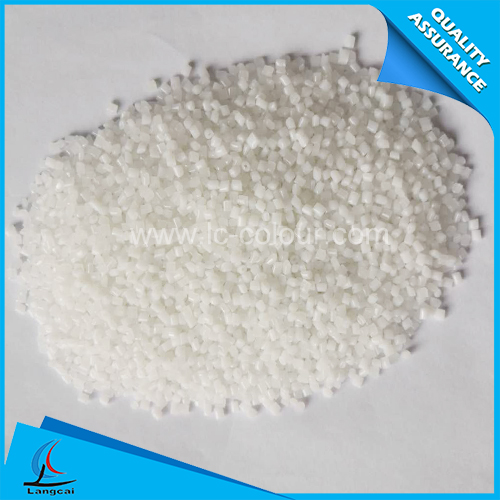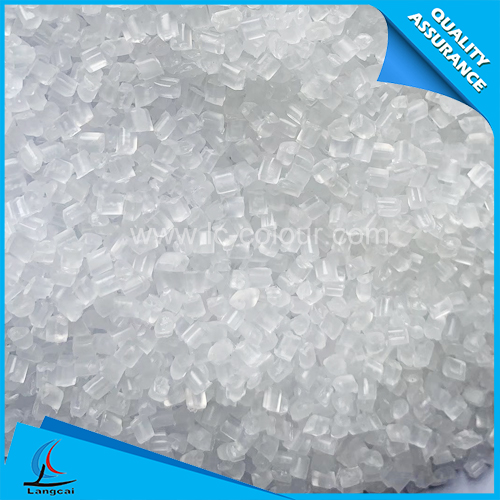- Nonwoven Fabrics
- Tailor Made Masterbatch
- Plastic Masterbatch
- Chemical Fiber Masterbatch
- Functional Masterbatch
- Machinery
- Spunbond PP Nonwoven Masterbatch
- Mono Color Masterbatch
- Liquid Color Masterbatch
- Non-woven Masterbatch
- Polyester Fiber Masterbatch
- Nylon Fiber Masterbatch
- Polypropylene Fiber Masterbatch
- Lab Nonwoven Machine
- Lab BCF Machine
- Dryer
- Filler Masterbatch
- The 2025 International Textile Innovation Conference will be held in Keqiao, Shaoxing on November 5th
- Unveiling the core components of Mono Color Masterbatches!
- Why choose Mono Color Masterbatches? The four core advantages are irreplaceable
- The adjustment of the global industrial chain has forced the upgrading of the risk prevention and control model
- What is a Complex masterbatch? What are the outstanding advantages?
- With weak US cotton and increased domestic supply, can the upward trend continue in the future?
- Phone:00836 - +86-535-8484358
- Email:wendy@ytlc-colour.com
- Address:DALAN INDUSTRIAL PARK, ZHANGXING TOWN, ZHAOYUAN CITY, SHANDONG, CHINA
What steps are the scattered nature of plastic masterbatchs?
The important steps of scattered pigments are the wetting of pigment particles. It is divided into the initial wetting of the pigment and the continuous wetting of the granules in the decentralized process. For plastic processing, the initial wetness is the process of resin loading the air and water on the surface of the pigment. The purpose of the pigment wetting is to reduce the cohesion between the pigment particles. The body (also contains a wetting agent) wetting, so the cutting stress generated by the decentralized device through the melt medium does not play any effect on pigmentation collectives. The difficulty of moisture is determined by the surface of the pigment particles and the properties of the loader. The smaller the contact angle between the pigment and the color of the color, the smaller the surface tension of the loader, the easier it is to moisturize.
The second step of the scattered pigment is the refinement of the pigment particles. After the pigment particles are wet, the pigment particles are completed under the action of external force, and the pigment is crushed and refined to the ideal particle size. At present, mechanical dispersed external forces are not except for pressure, impact and shear force to crushed the adhesives and agglutinations of the pigment.
The third step of the scattered pigment is the stability of the fine particles after the dispersed pigment. The refined pigment particle surface area increases, and the phenomenon of re -condensing will be produced. On the surface, so that the refined pigment particles will be condensed again when further processing.
The process of painting in the above description is: wetting, refinement, and stability after refinement. It is inseparable and almost at the same time in practical operation. It is only for the sake of discussions to discuss them separately.
The initial wetness of the pigment has irreplaceable significance for the decentralization of plastic masterbatchs. Usually this process is done through some seemingly simple steps, so it is very easy to ignore. However, the initial wetness is not just wetting the surface of the pigment particles, and the dispersion of pigment particles starts from this step. The initial wetting is not good. Yes: The coloring of the color of the pigment must be sufficient in the micro -gap between the pigment particles gathering collective. Due to the capacity of the capacity, the cohesion of the pigment particles is reduced, and the shear force is easily crushed and detailed. Therefore, the wetting rate of pigments and the degree of hair penetration play a decisive role in the total decentralized rate and quality of the pigment particles.
Countless practices have proved that the reason why most pigment particles are scattered are not ideal. When this situation occurs, it is difficult to achieve the ideal results no matter what decentralized means. Only by re -wetting of the pigment particles can be resolved, the dispersed problems can be solved. Under the premise that the same pigment is used for wetting, whether it is squeezed out or six times, it is unsatisfactory or six times or six times. As a result, the result will produce a qualitative leap.
What are the stages of the scattered process of plastic masterbatchs?
The dispersal of the plastic masterbatchs refers to the fineness of the pigment that is dispersed into the ideal granularity in plastic and mixes evenly in the plastic. The complete pigment dispersing process usually contains three essential stages.
1 The segmentation interface of wet paint and air or water becomes a pigment and color -loaded body interface.
2 Diversifying pigment particles Crusted particles and aggregates under the external effect.
3 Stability and stability have been scattered in the pigment particles, and effectively prevent reunion.
- Unveiling the core components of Mono Color Masterbatches!
- The 2025 International Textile Innovation Conference will be held in Keqiao, Shaoxing on N
- Why choose Mono Color Masterbatches? The four core advantages are irreplaceable
- The adjustment of the global industrial chain has forced the upgrading of the risk prevent
- What is a Complex masterbatch? What are the outstanding advantages?
- With weak US cotton and increased domestic supply, can the upward trend continue in the fu
- Yantai Liangcai Plastic Technology Co., Ltd. specializes in the production of Monochromati
- The predicament of Sino-US trade and exchange rate fluctuations
- Yantai Liangcai empowers the new future of fiber colors with high-quality polyester fiber
- What impact will the implementation of the Federal Reserve's interest rate cut have on the


